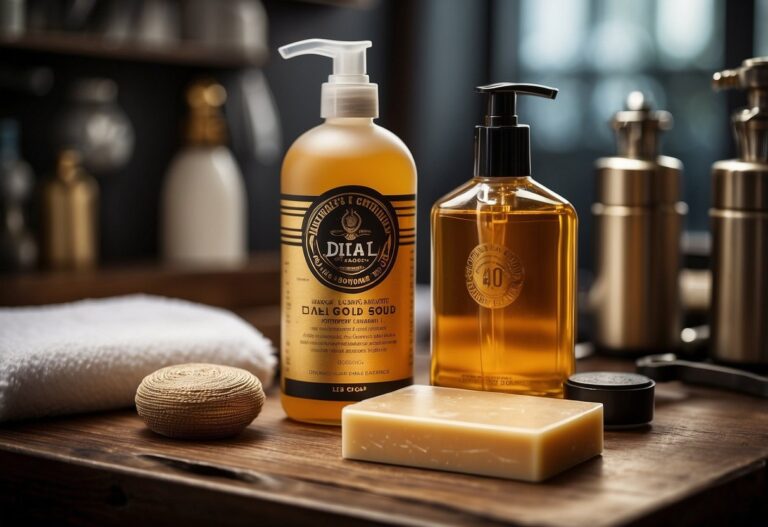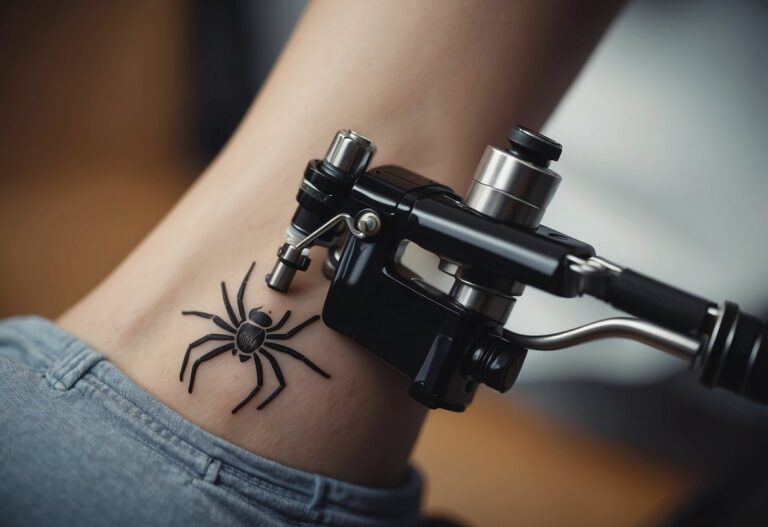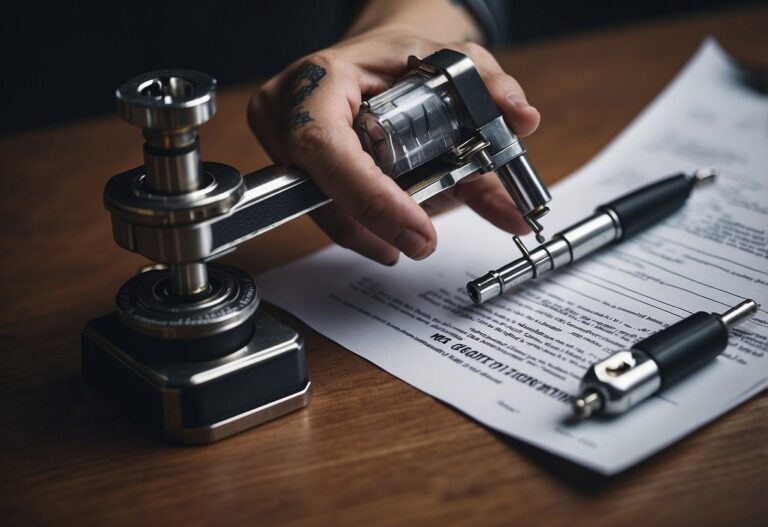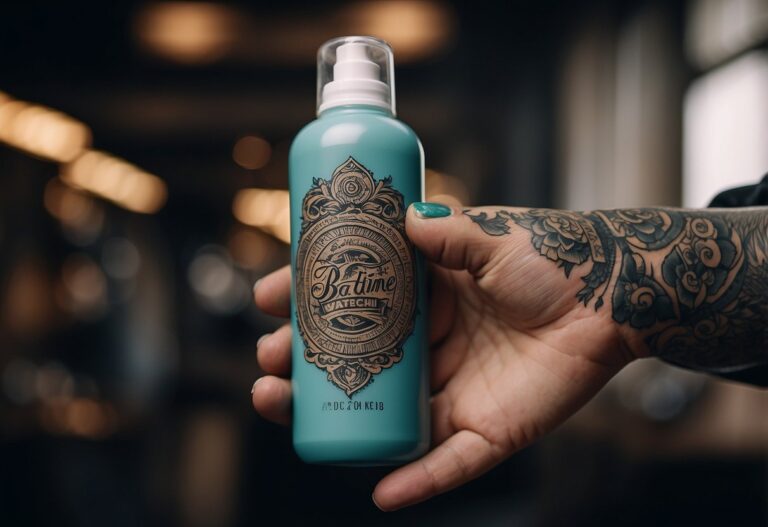Do You Need an ID to Get a Tattoo? Essential Info You Should Know
Planning to get your first tattoo and wondering if you need some form of identification? Great question! Yes, you definitely need an ID to get a tattoo. Most tattoo studios require a government-issued photo ID like a driver’s license, passport, or birth certificate. This rule helps protect both you and the tattoo artist legally.
The laws around getting a tattoo can vary, but in the United States, you have to be at least 18 years old. This is because minors can’t legally consent to the procedure. Even if you’re of age, showing valid ID is essential to prove it. Besides, having your ID ready also speeds things up and ensures a smooth experience at the studio.
Some places might let a minor get a tattoo with parental consent, but this isn’t the norm. Don’t forget, getting a tattoo is a permanent decision, so having the right documentation to ensure everything is above board is crucial for your peace of mind and the artist’s reputation.
Key Takeaways
- You need a government-issued ID to get a tattoo.
- You must be at least 18 years old to legally get a tattoo.
- Having your ID ready ensures a smooth tattooing experience.
Understanding Identification Requirements
Getting a tattoo involves several important steps, one of which is showing a proper ID. This helps verify age, protect both clients and artists legally, and ensure compliance with state laws.
Age Verification and Legal Considerations
To get a tattoo in the United States, you must be at least 18 years old. This age limit is based on the legal principle that minors can’t give informed consent for such procedures. Legal consequences can be serious for both the tattoo artist and the recipient if this rule is violated.
Parents cannot give consent for minors to bypass this age rule. This age verification protects not only the youth but also the tattoo artists from potential legal liability. Ensuring age compliance is vital for sanitation and safety reasons, such as avoiding hepatitis risks.
Acceptable Forms of ID
You need to present a valid ID to prove your age and identity. Common forms include:
- Driver’s License
- Passport
- Military ID
- Birth Certificate (in some cases, accompanied by another form of ID)
Some states might accept other forms of identification, but these are the most widely recognized. Always check with your local tattoo studio to ensure you bring the right ID. Valid IDs must display your name, photograph, and date of birth clearly.
Why IDs are Mandatory
IDs are essential for several reasons. They ensure that minors do not receive tattoos, which can lead to legal issues for both the artist and the client. By verifying age, artists protect themselves from legal repercussions and maintain their reputations.
Furthermore, ID checks can prevent fraud and help manage liability protection for the artists. Tattoo studios must adhere to strict sanitary standards; proper ID checks contribute to lowering the risk of transmitting diseases like hepatitis.
In summary, always carry a valid ID when planning to get a tattoo. It ensures compliance with age laws and promotes a safer, more trustworthy environment for everyone involved.
The Tattooing Experience
Getting a tattoo is a unique journey. Whether it’s your first or tenth, understanding the steps can prepare you for an exciting transformation.
Before the Ink
Preparation begins long before the tattoo needle touches your skin. Start by researching tattoo artists and shops. Check their portfolios for design styles that resonate with you. Preparing properly can help ensure a smooth process.
Before your appointment, make sure to:
- Bring valid ID: like a driver’s license or passport.
- Choose a design: something meaningful to you.
- Consider pain tolerance: different areas hurt more than others.
- Stay hydrated and well-rested.
The artist will clean the area with rubbing alcohol and may use a disposable razor. A stencil will be applied using a stick deodorant or special transfer paper.
During the Tattoo Session
The actual tattooing session is where the magic happens. The artist uses sterilized needles to insert permanent ink into your skin. You might feel nervous, but staying relaxed helps.
Here’s what to expect:
- Comfortable seating: The artist will position you for easy access to the tattoo area.
- Pain: It’s personal, depending on your pain tolerance.
- The tattoo artist might use a machine that buzzes as it works.
- Regular breaks: Especially for larger tattoos.
You’ll see the design come to life. The artist will continually clean the area with water and soap to ensure a clear view and avoid infection.
Aftercare and Healing
Post-tattoo care is crucial for proper healing. Follow the artist’s aftercare instructions carefully.
Key aftercare steps:
- Clean the tattoo: with mild soap and water, pat dry gently.
- Apply ointment: to keep the area moist. Shea butter or doctor-recommended ointments are best.
- Avoid exposing the tattoo to direct sunlight and apply sunscreen when necessary.
- Do not pick or scratch: this can damage the design and cause infection.
- Moisturize daily: to keep the skin healthy and aid healing.
Healing takes a few weeks. Proper care ensures your tattoo stays bright and detailed, becoming a cherished part of your story.







